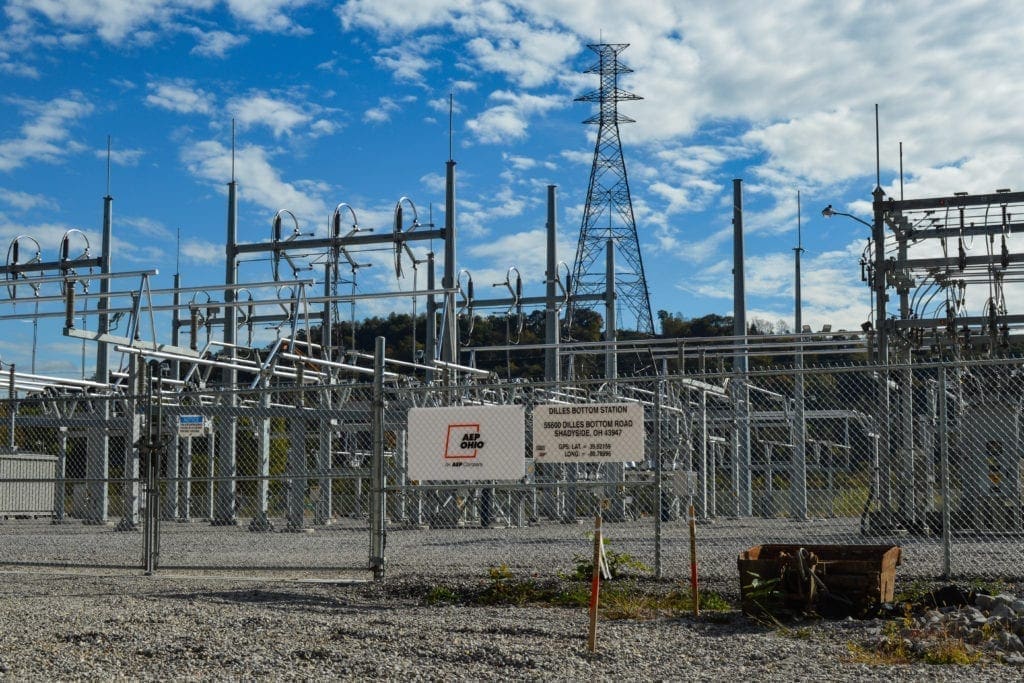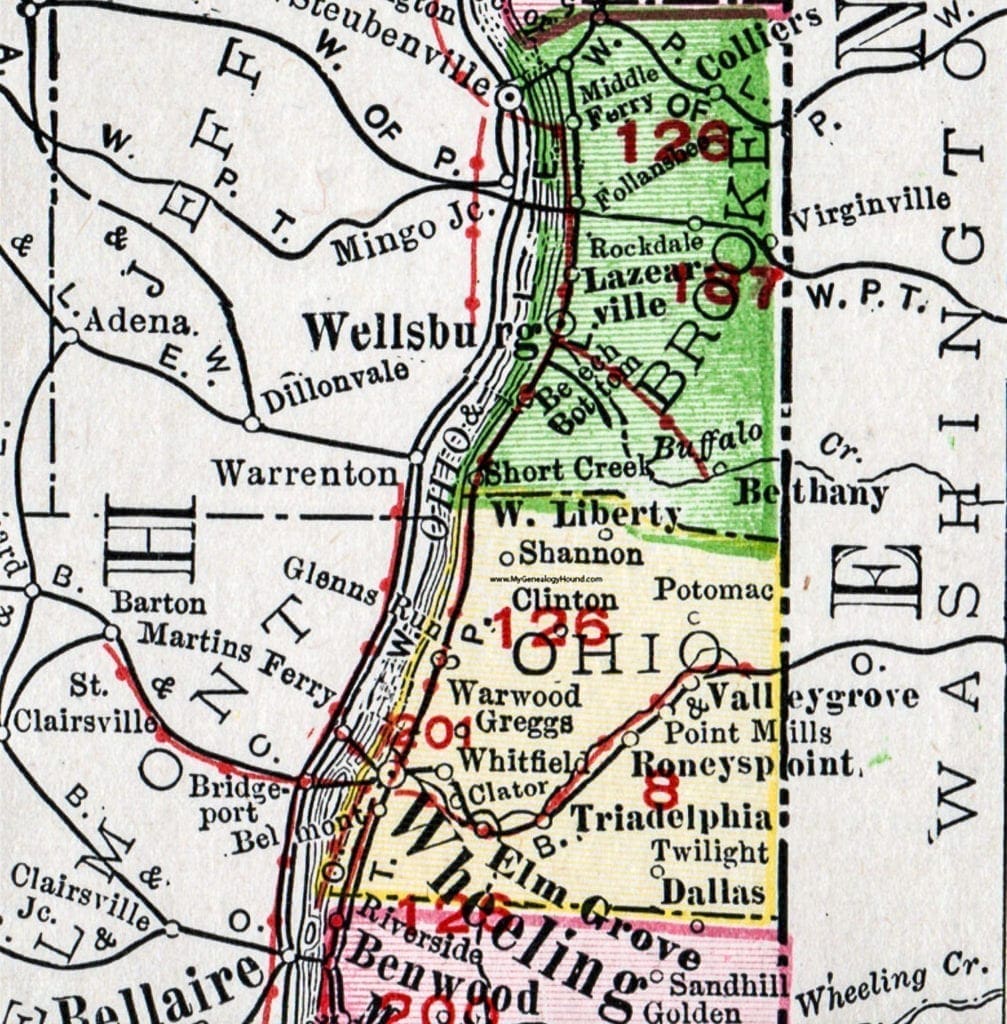Beginning on or about June 1, American Electric Power (NYSE: AEP) will maintain the rights of way for some power lines in West Virginia by applying herbicides by helicopter.
The company generally makes aerial maintenance applications only in less populated areas where terrain and accessibility make it difficult for ground-based crews to safely clear rights of way. Rights of way in populated areas, as well as near parks, ponds and other sensitive areas are maintained by other means.
Customers with questions about the company’s aerial maintenance program may call 260-897-8090 or 1-800-642-3622 for information. Customers may also write for information at AEP, 120 John Scott Highway, Steubenville, OH 43952.
Herbicides used by AEP have been registered for use on rights of way by the U.S. Environmental Protection Agency (EPA) and the West Virginia Department of Agriculture (WVDoA). Herbicides to be used are glyphosate, imazapyr, metsulfuron methyl, fosamine, triclopyr, aminocyclopyrachlor and aminopyralid. Each has been extensively tested by the manufacturer, colleges and governmental and independent research laboratories.
Rigid EPA and WVDoA restrictions and regulations are carefully observed by AEP contractors in applying herbicides. All areas to be treated are visually checked by helicopter pilots in advance to verify the location of any sensitive areas and to ensure that people or domestic animals are not visible in the area to be maintained. All applications are made by contractors who are certified applicators. Questions concerning these herbicides may be addressed to the EPA and the WVDoA.

Right‑of‑way maintenance agreements between AEP and landowners are available to landowners who prefer to accept responsibility for clearing the right of way crossing their property in lieu of aerial application of herbicides.
The agreement compensates the landowner by an amount equivalent to the cost of aerial herbicide application, provided the work meets AEP’s specifications.
Residents who have questions about the program or who want to alert the company to the location of sensitive areas near power lines, such as springs, wells, streams, lakes, ponds, orchards, crop areas, gardens, pastures, meadows, year‑round dwellings, public recreation areas and Christmas tree plantations, should also contact the company. To prevent any misunderstanding about the location of the sensitive areas being reported, the number of the nearest pole or tower should be provided. Numbers are posted on utility poles and on one leg of utility towers.
After the maintenance program begins, a 24‑hour telephone service at the above number will provide information daily on locations scheduled for maintenance.
Complaints about possible damage resulting from herbicide applications should be made by contacting AEP at its toll‑free number or the above addresses. Complaints also may be directed to the WVDoA, Pesticide Regulatory Programs Unit, which can be reached in Charleston at 304-558‑2209.

Lines scheduled for maintenance in West Virginia include:
BROOKE COUNTY
Tidd-Natrium 138 kV – A transmission line on steel structures beginning at the Natrium Station along Route 2 north of Proctor and running north for 40 miles across three counties. The line goes through Sherrard, Triadelphia and West Liberty and ends at the Cardinal Power Plant south of Brilliant, Ohio.
HANCOCK COUNTY
Arroyo-East Liverpool 138 kV – A transmission line on wood poles beginning at the East Liverpool Station in Ohio and crossing the Ohio River. The line then runs southwest for seven miles and ends at the Arroyo Station along Race Track Road.
MARSHALL COUNTY
Kammer-Powhattan #1 69 kV – A transmission line on steel structures beginning at the Kammer Power Plant, running north along Route 2 and crossing the Ohio River into Ohio.
Moundsville-Dilles Bottom 69 kV – A transmission line on steel structures beginning at the Moundsville Station, running west and crossing the Ohio River into Ohio.
Tidd-Natrium 138 kV – A transmission line on steel structures beginning at the Natrium Station along Route 2 north of Proctor and running north for 40 miles across three counties. The line goes through Sherrard, Triadelphia and West Liberty and ends at the Cardinal Power Plant south of Brilliant, Ohio.
OHIO COUNTY
Tidd-Natrium 138 kV – A transmission line on steel structures beginning at the Natrium Station along Route 2 north of Proctor and running north for 40 miles across three counties. The line goes through Sherrard, Triadelphia and West Liberty and ends at the Cardinal Power Plant south of Brilliant, Ohio.
Warwood-Glens Run 69 kV – A transmission line on steel structures beginning at the Warwood Station on 16th Street in Warwood, running west a short distance and crossing the Ohio River into Ohio.
American Electric Power has 43,000 customers in West Virginia’s northern panhandle. It is part of Appalachian Power, serving 1 million customers in West Virginia, Virginia, and Tennessee. AEP is one of the largest electric utilities in the United States, delivering electricity and custom energy solutions to nearly 5.4 million customers in 11 states. AEP owns the nation’s largest electricity transmission system, a more than 40,000-mile network that includes more 765-kilovolt extra-high voltage transmission lines than all other U.S. transmission systems combined. AEP also operates 223,000 miles of distribution lines. AEP ranks among the nation’s largest generators of electricity, owning approximately 31,000 megawatts of generating capacity in the U.S.

